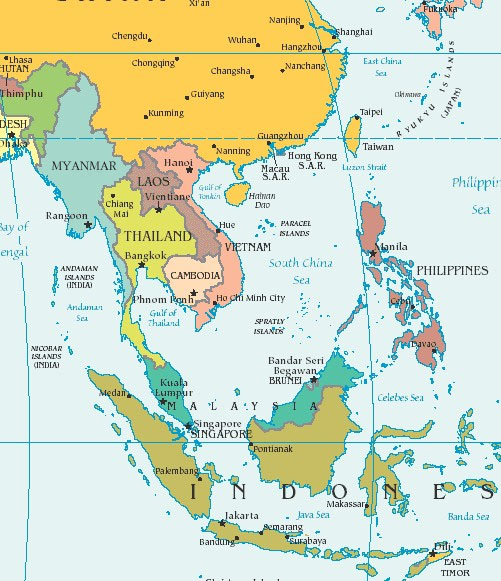After more than half a century of declining real prices for dairy products, there are strong signs of a structural change in the global dairy sector which are conducive for investment in the sector. This is particularly true in Asia where demand for dairy products, growing in line with economic growth and influenced by changing consumption patterns, has increased faster than almost any other agricultural product.
It is also clear that, at this time of unprecedented change in agricultural markets, the shape of these investments will influence the ability of smallholders to participate in this development process. These trends, amidst the recognition that dairying represents one of the fastest returns for many rural dwellers, many of whom are landless, have prompted many governments in the region to place a priority on dairy development as a means for economic growth.
Based on this growing regional interest, APHCA (the Animal Production and Health Commission for Asia and the Pacific), FAO and the Common Fund for Commodities collaborated to develop a blueprint of action for smallholder dairy development. Generated through a participatory process involving representatives from 18 countries from the region, it draws on regional knowledge, from both the public and private sector, and general lessons learned. Aiming to generate support for dairy development, it not only proposes channels through which financial resource mobilization can occur but proposes mechanisms for coordination and communication among regional stakeholders.
It is our hope that this strategy, which is practical and bankable, will provide a roadmap for increased regional discussion and collaboration among policy makers, private sector players in the sector, donors and other stakeholders interested in dairy development. An enabling and evolving framework for sector development needs cooperation and dialogue, with regional knowledge and networking a key ingredient of success. As far-reaching changes in the sector occur over the next decade, this framework is envisioned as the stage upon which dairy development is played as knowledge and communication assure an effective channeling of resources, both financial and human, in the sector.
![]()
He Changchui
Assistant Director-General and
FAO Regional Representative for Asia and the Pacific
Boxes
Asia-Pacific region
